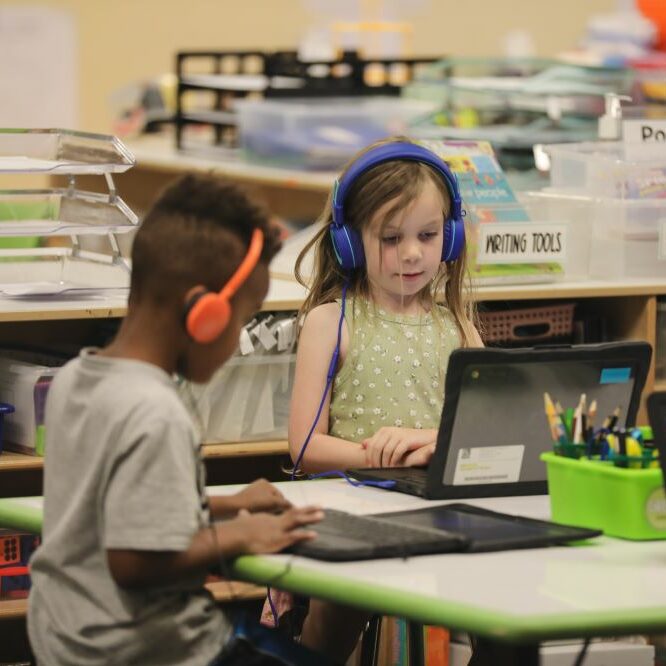Lastinger Center Mathematics Principal Zandra de Araujo and Mathematics Product Manager F. Paul Wonsavage collaborated with Samuel Otten and Amber G. Candela from the University of Missouri to examine the impact of different modalities of observation on key dimensions of mathematics classroom instruction.
Abstract
Classroom observations are an integral part of qualitative educational research. Traditionally, classroom observations have been done in-person, with one or more researchers being physically present in a classroom to observe and take field notes. With the proliferation of video technology, researchers are now able to conduct classroom observations at a distance using a variety of technological tools. When deciding on whether to conduct live or video observations, researchers must consider how the observation modality may influence the data. We address this consideration by independently conducting both live and video observations of the same mathematics classroom lessons to identify similarities and differences in the resultant coding between the two modalities. Our findings suggest there are some dimensions of mathematics classroom instruction unaffected by the live or video modality (e.g. nature of discourse, student contribution length) and others that are affected (e.g. lesson connections, mathematical development). Thus, when making decisions about observation modality, it is important to consider the focus of one’s inquiry in addition to other factors such as cost, human capacity, geographical location, and more.
Citation
Paul Wonsavage, F., Otten, S., Candela, A. G., & de Araujo, Z. (2024). The modality of mathematics lesson observations: comparing the results of live and video-based coding. International Journal of Research & Method in Education, 1–20. https://doi.org/10.1080/1743727X.2024.2350068

